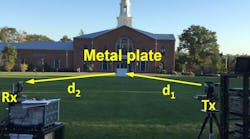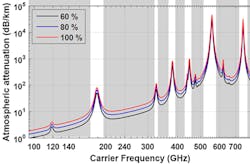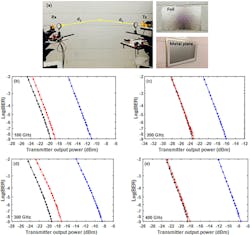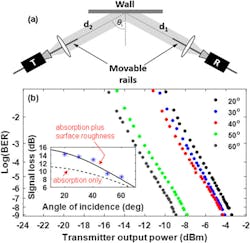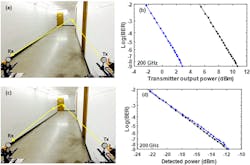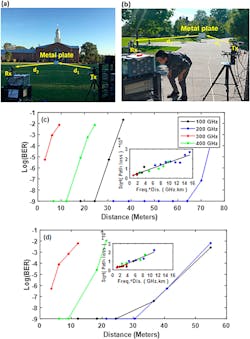Terahertz waves—sometimes called submillimeter waves—are the part of the electromagnetic spectrum between 100 GHz and 10 THz (corresponding to wavelengths between 3 mm and 30 µm), occupying the zone between what we call microwaves and infrared light. Depending on your perspective, the THz band either bridges the gap between the highest-frequency RF and optical worlds, or it falls into an ambiguous space between them (all subject to Maxell’s equations, of course).
THz waves offer the potential for delivering extreme wideband links at extraordinary data rates and are now being used in some specialized sensing applications (Reference 1 is just one very recent example). However, they also have many challenges due to issues of components, signal creation and capture, interconnections, path loss, and measurement in the spectrum “gap,” which they fill (Reference 2 is a good overview and reality check).
At present, this band is largely unregulated by the FCC and regulatory agencies outside the U.S. It’s being used for some advanced inspection systems as well as line-of-sight (LOS) and specular (reflected) non-line-of-sight (NLOS) links. One the of generally accepted assumptions about THz waves is that they suffer high attenuation passing through solids and reflect poorly from solid surfaces, thus limiting their use. THz-range signals also suffer high levels of power loss and degradation due to atmospheric absorption and free-space path loss.
Now, operating under a temporary experimental license from the FCC, a team at Brown University has literally done “off the wall” tests on the actual performance of THz waves. Both indoor and outside settings using both LOS and reflected links were tested to determine the practical capabilities of this band. The team used center frequencies of 100, 200, 300, and 400 GHz at a data rate of 1 Gb/s and conducted tests at varying humidity levels (a major contributor to attenuation) (Fig. 1).
